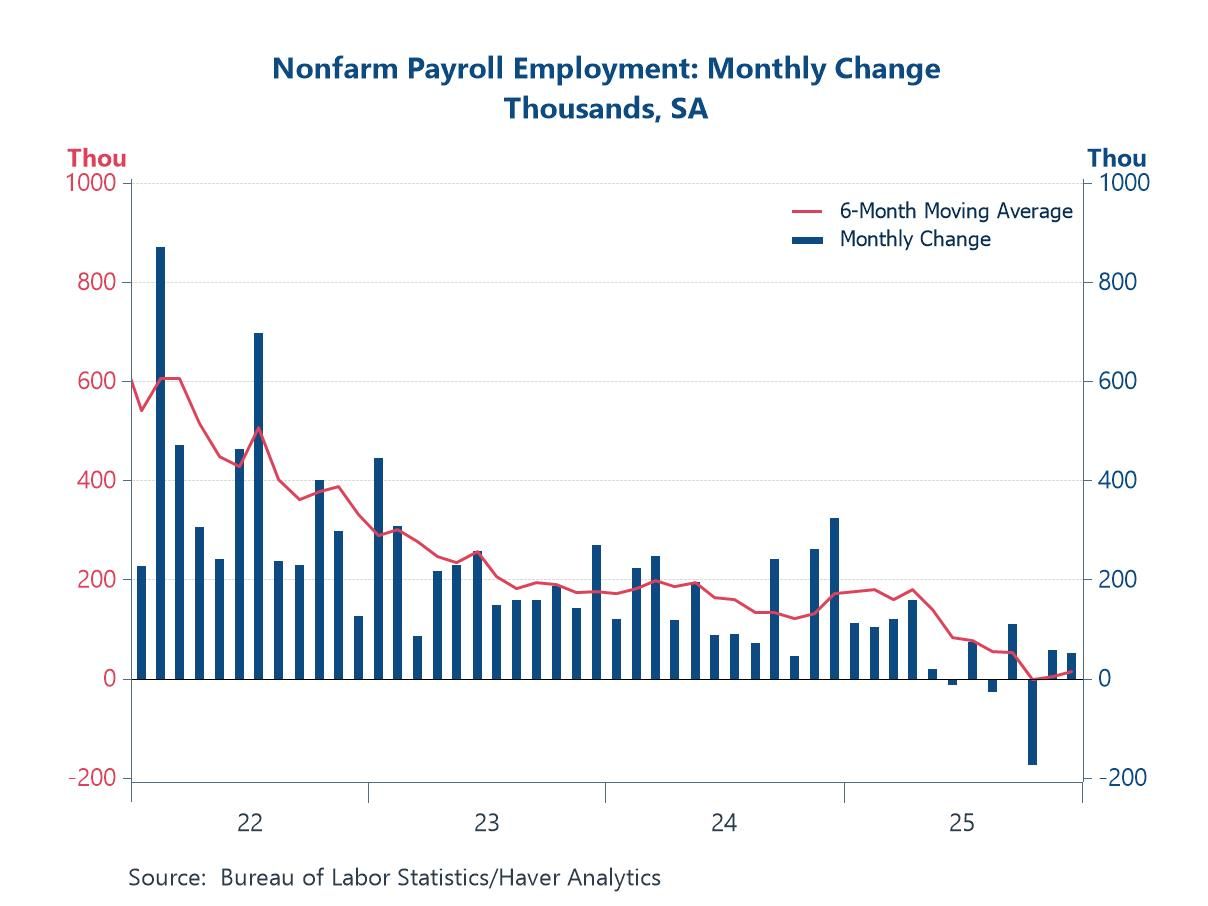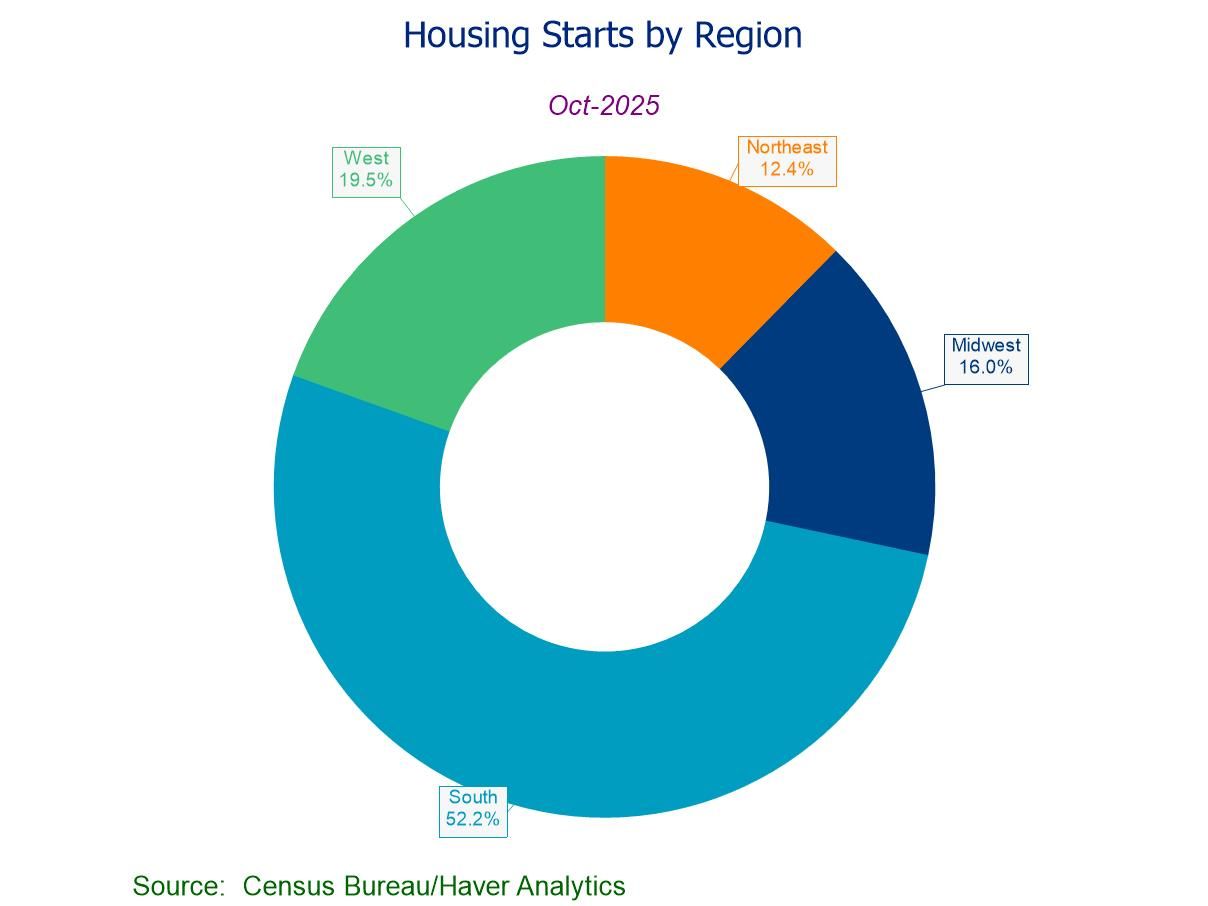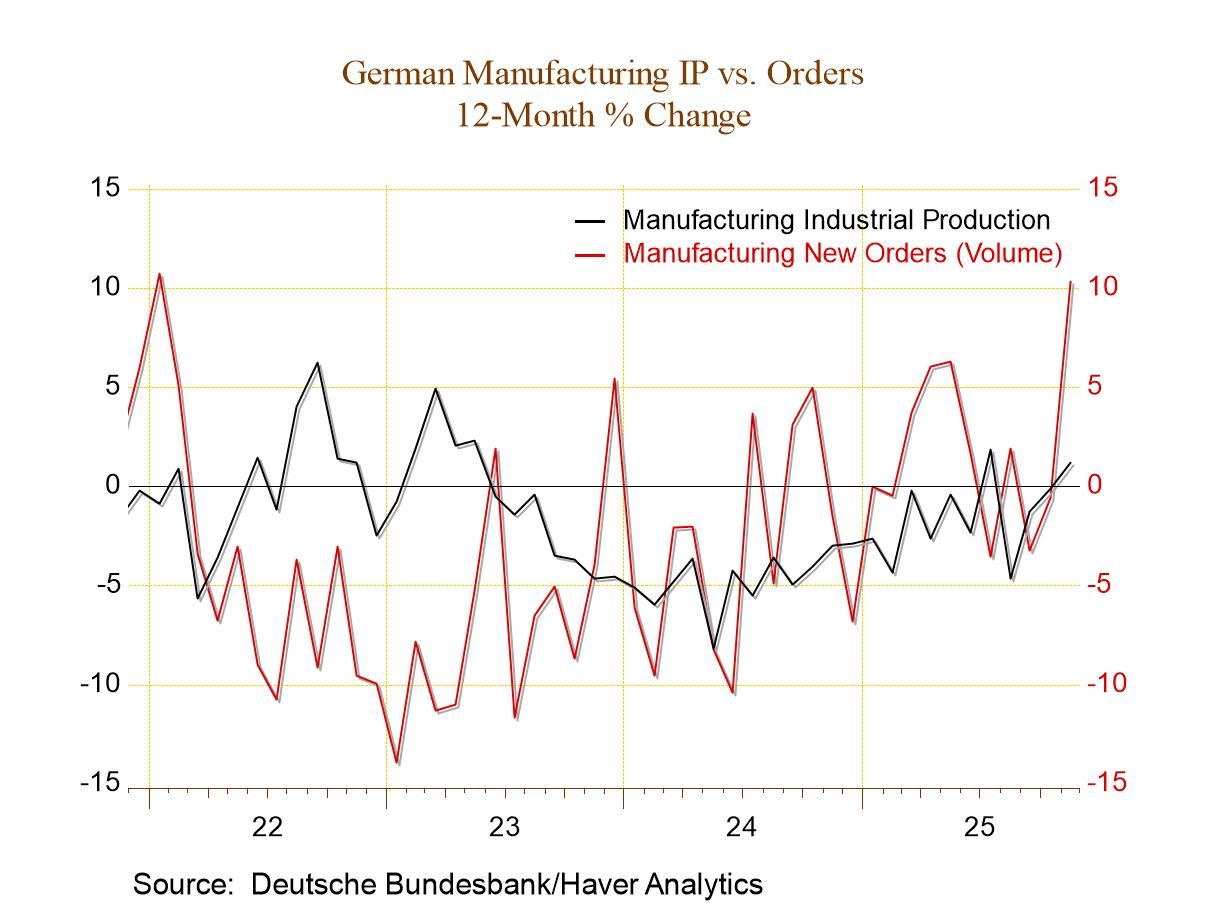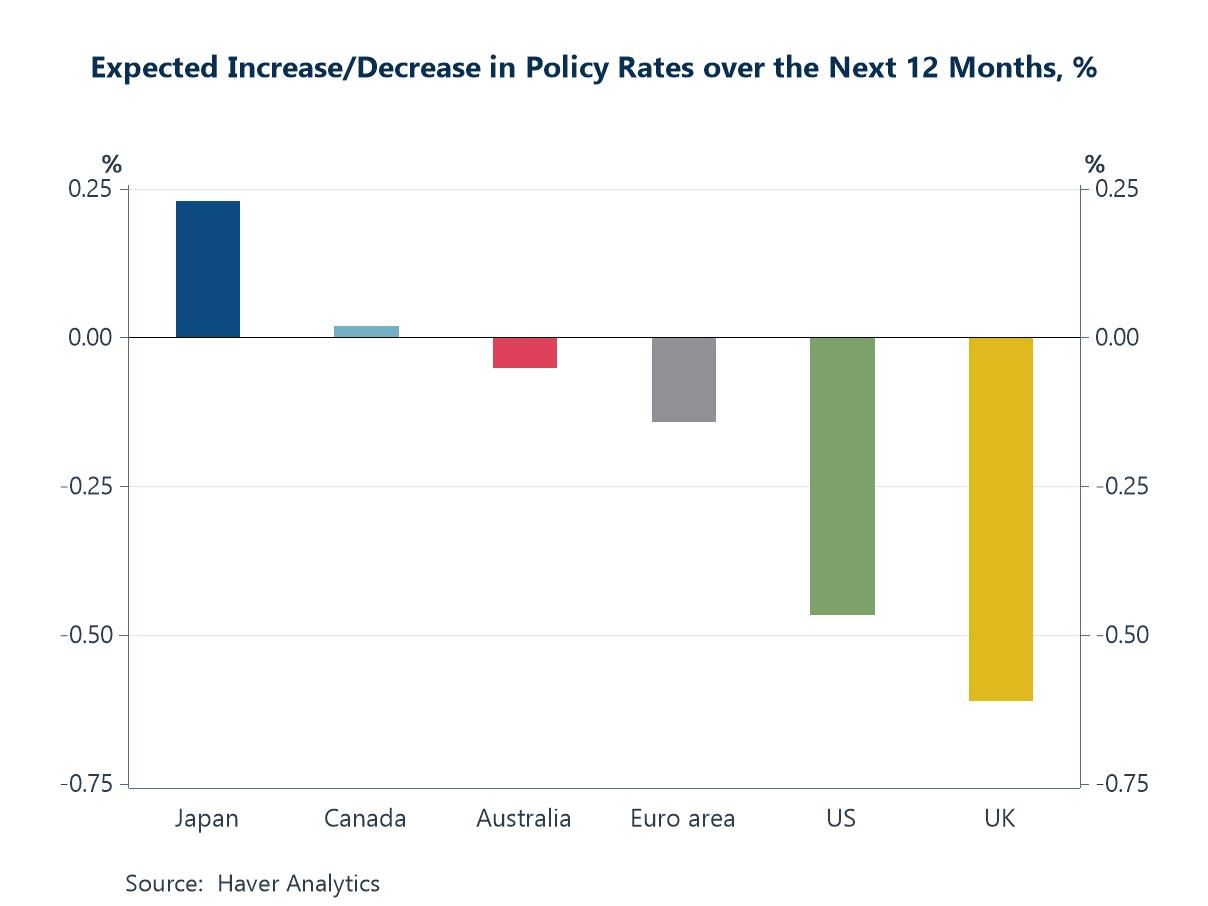 Global| Apr 19 2012
Global| Apr 19 2012German-Italian Orders...And What They Tell Us About The EMU Upside-Down Cake
Summary
As different as we think that Germany and Italy are their industrial orders have been behaving remarkably similarly. The correlation between German and Italian orders over the past nine years is 0.91 on Y/Y percentage changes (or if [...]
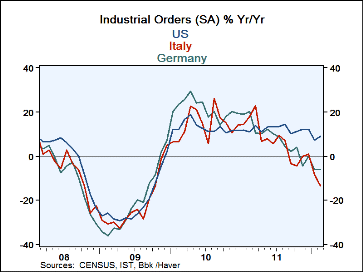 As different as we think that Germany and Italy are their industrial orders have been behaving remarkably similarly.
The correlation between German and Italian orders over the past nine years is 0.91 on Y/Y percentage changes (or
if you prefer, R-square value of 0.84). Clearly these two euro-members are facing many of the same conditions in
their respective export markets. And despite the fact that Italy has a much higher price level and seems to have
a price disadvantage Vs Germany this does not seem to be showing up in export order differences.
As different as we think that Germany and Italy are their industrial orders have been behaving remarkably similarly.
The correlation between German and Italian orders over the past nine years is 0.91 on Y/Y percentage changes (or
if you prefer, R-square value of 0.84). Clearly these two euro-members are facing many of the same conditions in
their respective export markets. And despite the fact that Italy has a much higher price level and seems to have
a price disadvantage Vs Germany this does not seem to be showing up in export order differences.
The Impure-o-Zone:This points out one more odd aspect of the Euro Area, or let me call it by a new name: the impure-o-Zone. Even within Italy there are regions that are much more productive than others. Italy’s manufacturing center is in the North. It is where Italy is the most competitive. From this base Italy is able to maintain its competitive edge Vs Germany. But viewing Italy’s competitiveness as based on a price level as reported for the nation as a whole makes Italy seem to have a price disadvantage. But the whole of Italy does not manufacture and export. The North does. This is no different than the finding that Germany is much more competitive than EMU as a whole. When Germany exports it does so from the much lower price metrics of Germany alone not based on the averages for the Zone.
A country is not simply an economic unit (eunuch?)- What is different is that Italy is a single economic unit with political cohesion (cohesion Italian-style, of course). Its regional inflation and price differences and competitiveness differences are woven into its socio-economic fabric. The same sorts of divisions within the Zone itself have a different impact because there is no political union and because in the case of Italy, differences arose out of years (centuries?) of custom and practice but in the Zone they have arisen out of a few years of being locked in a currency zone without any mechanism to homogenize competitive forces.
Indeed even for Italy the regional differences continue to nag at its political make-up. Italy has long been torn by North-South differences but in the end Italy is still one country. So the difference between having a schism in competitiveness within a single political unit like Italy and having one in jury-rigged amalgam like the Euro Area is huge. As we can see, the lack of political mechanisms in EMU to smooth the impact of such regional differences in competiveness and the absence of any mechanism to distribute inflation evenly in the area has led to the formation of huge imbalances. In the end it is the undoing of the Zone.
| Italy Orders | ||||||||
|---|---|---|---|---|---|---|---|---|
| SAAR Except M/M | Feb 12 |
Jan 12 |
Dec 11 |
3Mo | 6Mo | 12Mo | Q-2-D | %Peak |
| Total | -2.5% | -7.7% | 5.3% | -19.5% | -27.2% | -13.4% | -24.5% | 75.4% |
| Foreign | 1.1% | -7.3% | 5.0% | -6.3% | -19.2% | -4.8% | -18.3% | 83.8% |
| Domestic | -4.9% | -7.8% | 5.4% | -27.2% | -31.9% | -18.4% | -28.2% | 69.9% |
12 Feb
12 Feb
12 Feb
11 Feb
10 Q-2
D Frm
3Y Frm
3Y Euro Area Detail Feb
12 Jan
12 Dec
11 3
Mo 6
Mo 12
Mo 12
Mo 12
Mo SAAR Max Min
%
%
%
%
%
%
%
%
%
%
%
%
%
%
%
%
%
%
%
%
%
%
%
%
%
%
%
%
%
%
%
%
%
Robert Brusca
AuthorMore in Author Profile »Robert A. Brusca is Chief Economist of Fact and Opinion Economics, a consulting firm he founded in Manhattan. He has been an economist on Wall Street for over 25 years. He has visited central banking and large institutional clients in over 30 countries in his career as an economist. Mr. Brusca was a Divisional Research Chief at the Federal Reserve Bank of NY (Chief of the International Financial markets Division), a Fed Watcher at Irving Trust and Chief Economist at Nikko Securities International. He is widely quoted and appears in various media. Mr. Brusca holds an MA and Ph.D. in economics from Michigan State University and a BA in Economics from the University of Michigan. His research pursues his strong interests in non aligned policy economics as well as international economics. FAO Economics’ research targets investors to assist them in making better investment decisions in stocks, bonds and in a variety of international assets. The company does not manage money and has no conflicts in giving economic advice.



